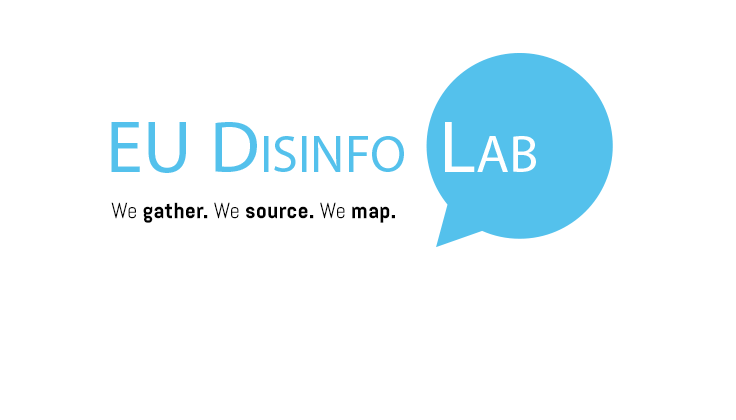Author: Ana Romero Vicente, EU DisinfoLab
Contributors: Marcus Bösch, Research Fellow HAW Hamburg & Marc Faddoul, Director Aiforensics.org
Hi there! Let’s knock on TikTok’s door today and take a tour inside this platform to learn how it operates and how it can be employed for mis/disinformative purposes.
This factsheet is designed to empower the community engaged in countering disinformation on TikTok, and it will be updated as we learn more about this platform and some of its unattainable nooks and crannies.
Introduction
TikTok was founded by the Chinese company ByteDance in 2016 under the name of ‘Douyin’. The international version, already called TikTok, was launched a year later and became fully available worldwide in 2018, after merging with the Chinese social media service, Musical.ly.
Originally focusing on short-form videos, particularly lip-syncing and dancing content, TikTok expanded into a comprehensive video-sharing platform catering to a diverse range of audiences and content creators around the world. The short video features by TikTok set a new trend in the social media landscape, as this highly engaging format was incorporated by most platforms following TikTok’s success. So far, TikTok is generating significantly higher engagement rates in this category compared to Instagram and YouTube.
In just a few years, TikTok’s growth has been stellar and its popularity rose exponentially during the pandemic lockdown. Although the platform keeps many of its user metrics private, it is estimated that the app has been downloaded over 3.5 billion times since it was launched. In 2022, TikTok counted approximately 1.7 billion users across 160 countries. As of October 2023, US is the country with the largest TikTok audience by far, with over 143 million users, followed by Indonesia with around 106 million users while Brazil came in third (95 million users).
Being a very large online platform (VLOP), TikTok is bound to additional transparency reporting requirements under Articles 15, 24, and 42 of the European Union’s Digital Services Act (DSA). In view of this, the platform publishes a transparency report every six months where we got to know, inter alia, that the platform had on average 134 million ‘monthly active’ users in the European Union member states between February to July 2023.
On the other hand, the app is facing increasing limits and bans on a global scale: it is prohibited in India and blocked in devices from the EU’s main institutions, to mention a few.
Given its magnitude and growth potential, TikTok plays an important role in the spread of information and, unfortunately, disinformation, especially among teenagers. TikTok is especially favored by them although it is no longer just an app for teens.
The opinions expressed are those of the authors and do not necessarily reflect the position of
EU DisinfoLab. This factsheet does not represent an endorsement by EU DisinfoLab of any organisation.


